With the distruptive growth of cloud computing, businesses are reaping the benefits of SaaS applications to drive innovation and efficiency. Yet, this digital revolution introduces a complex web of challenges, making integrity and confidentiality of sensitive data one of the the cr. Data security in the cloud aims to equip organizations with the knowledge needed to confront the evolving threats and vulnerabilities associated with cloud-based operations.
This article will explore the essential strategies and best practices organizations should employ to fortify their data assets in the ever-expanding cloud environment.
So, let’s begin!
Understanding SaaS and Cloud Security
33% of companies reported that more than half of their workloads are already hosted in the cloud when asked about the percentage of workloads they currently hold in cloud environments.
Software as a Service (SaaS) refers to a cloud computing model where software applications are hosted and provided to users over the internet. In this service model, users can access and use the software without the need for local installation or maintenance. To ensure the security of these services, it’s often beneficial to hire software developers who are well-versed in cloud architecture and security protocols.
SaaS eliminates the traditional approach of purchasing, installing, and managing software on individual devices, offering a more scalable and cost-effective solution. Users typically subscribe to SaaS on a pay-as-you-go basis, and the software is centrally maintained by the service provider, ensuring updates and patches are seamlessly delivered to all users.
Key Features of Cloud-based Services
Cloud-based services, including SaaS, exhibit several key features that distinguish them from traditional software models. Firstly, they provide on-demand access, allowing users to access applications and data whenever needed. Scalability is another critical feature, enabling users to easily adjust their resources based on changing requirements.
Additionally, cloud-based services often offer broad network access, allowing users to access applications through various devices and locations. Resource pooling involves multi-tenant models, where multiple users share a common infrastructure, and rapid elasticity ensures quick and efficient resource allocation or deallocation based on demand fluctuations.
Common Security Concerns Associated with SaaS
Despite the numerous advantages of SaaS, several security concerns must be addressed to ensure the protection of sensitive data and user privacy. One primary concern is data breaches, as the centralized nature of SaaS platforms makes them attractive targets for cyber attackers.
Privacy issues may arise due to the storage and processing of sensitive information on external servers. Access control and identity management become crucial to prevent unauthorized access, and data loss prevention measures are essential to safeguard against accidental or intentional data leaks.
Additionally, ensuring compliance with industry regulations and standards is a key consideration to maintain the integrity and security of SaaS applications. Continuous monitoring, encryption, and robust authentication mechanisms are vital components of an effective security strategy for SaaS environments.
Best Practices for Data Security in the Cloud
User Authentication and Access Control
- Implementing robust password policies is crucial for preventing unauthorized access. Enforcing the use of complex passwords, regular password updates, and avoiding easily guessable information enhances the overall security of user accounts.
- Utilizing MFA adds an extra layer of security by requiring users to provide multiple forms of identification, typically a combination of passwords, PINs, and biometric data, significantly reducing the risk of unauthorized access.
- Assigning specific roles and permissions based on job responsibilities ensures that users only have access to the data and functionalities necessary for their roles, minimizing the potential for misuse or accidental exposure of sensitive information.
Data Encryption
- Encrypting data during transmission between the user and the cloud service provider safeguards it from interception or tampering. Secure communication protocols such as TLS (Transport Layer Security) should be employed to ensure the confidentiality and integrity of the transmitted data.
- Encrypting data stored on cloud servers protects it from unauthorized access in case of a security breach. Robust encryption algorithms should be used to secure stored data and prevent unauthorized viewing or tampering.
- End-to-end encryption ensures that data remains encrypted throughout its entire lifecycle, from creation to storage and transmission. This provides an additional layer of protection, especially in scenarios where data traverses multiple systems or services.
Regular Data Backups
- Regularly backing up data is essential for mitigating the impact of data loss incidents, whether due to accidental deletion, hardware failure, or cyberattacks. A well-defined backup strategy ensures data resilience and facilitates quick recovery.
- Employing automated backup solutions reduces the risk of human error and ensures that data backups are consistently performed according to the established schedule, enhancing the reliability of the backup process.
- Verifying and testing backups regularly guarantees their integrity and restorability. Simulating recovery scenarios helps identify and address any potential issues in the backup and recovery process, ensuring a reliable data recovery mechanism.
Vendor Security Assessment
- Conducting thorough due diligence on potential SaaS providers is crucial. This involves evaluating their security policies, data protection measures, and overall reputation to make informed decisions.
- Assessing a vendor’s security controls, infrastructure, and compliance with industry standards provides insight into their commitment to data security. This includes reviewing certifications, security audits, and any relevant third-party assessments.
- Confirming that the chosen SaaS provider adheres to industry-specific regulations and standards ensures that data handling practices align with legal and compliance requirements, reducing the risk of legal issues and data breaches.
Continuous Monitoring and Auditing
- Implementing real-time monitoring solutions allows organizations to detect and respond promptly to suspicious activities or potential security threats, minimizing the impact of security incidents.
- Enabling robust auditing and logging mechanisms provides a comprehensive record of user actions and system activities. This information is valuable for forensic analysis, compliance reporting, and identifying potential security vulnerabilities.
- Establishing a well-defined incident response plan ensures that security incidents are promptly identified, reported, and mitigated. Swift response measures help minimize the impact of security breaches and prevent further compromise.
Employee Training and Awareness
- Training employees on security best practices fosters a security-conscious culture within the organization, reducing the likelihood of human errors and vulnerabilities.
- Conducting regular training sessions and awareness programs keeps employees informed about the latest security threats, preventive measures, and organizational policies, empowering them to contribute to a secure computing environment.
- Encouraging a culture of reporting security incidents and providing clear guidelines on incident response procedures ensures that potential threats are addressed promptly and effectively. Employees should be aware of their role in the overall security posture of the organization.
Compliance and Regulations
Ensuring compliance with data protection regulations, such as GDPR and HIPAA, is crucial for organizations utilizing SaaS and cloud services to protect sensitive information like the one in the contracts and maintain customer trust. This includes robust contract security measures to safeguard sensitive clauses and terms.Industry-specific requirements must also be considered to meet the diverse regulatory landscape.
Non-compliance can result in severe consequences, including hefty fines, legal penalties, reputational damage, and potential business loss. A comprehensive understanding of relevant regulations and active implementation of compliance measures are essential for organizations leveraging cloud solutions to mitigate risks and uphold a secure operational environment.
Future Trends and Emerging Technologies
The integration of advanced technologies marks the future of cloud security. Artificial Intelligence (AI) and Machine Learning (ML) are becoming integral for real-time threat detection and automated responses, offering heightened security capabilities.
As of 2023, 82% of cloud companies have already incorporated AI-driven features into their SaaS products, according to a report by BVP. Also, blockchain technology plays a key role in enhancing data integrity and security by providing a decentralized and tamper-resistant ledger, addressing concerns related to data manipulation and unauthorized access. These trends collectively underscore a forward-looking approach to fortify the resilience and effectiveness of cloud security in the evolving digital landscape.
The Final Thoughts
Adherence to data protection regulations is non-negotiable, and organizations must remain vigilant to ensure compliance and avoid severe consequences. By embracing these best practices, SaaS users can confidently leverage the benefits of cloud technology while safeguarding sensitive information and preserving the integrity of their digital operations in this ever-evolving landscape.


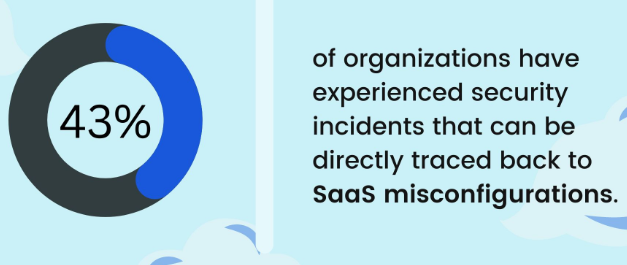
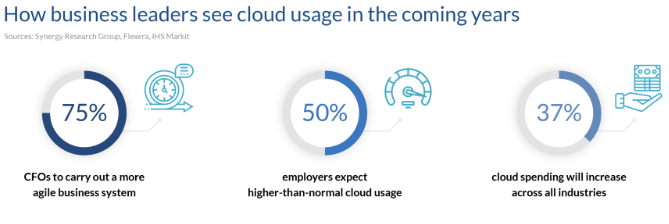
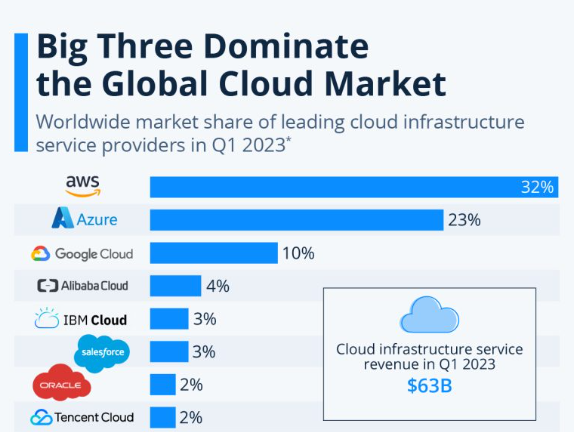
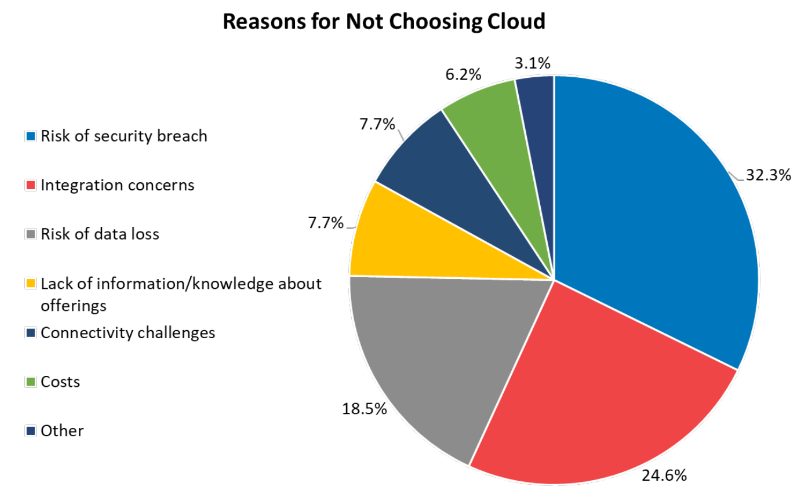




















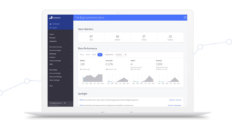
Leave a comment!